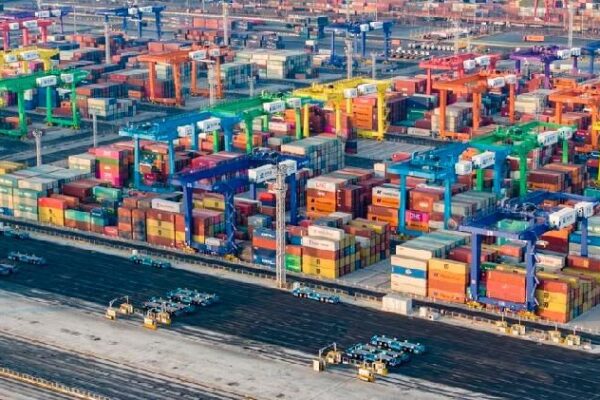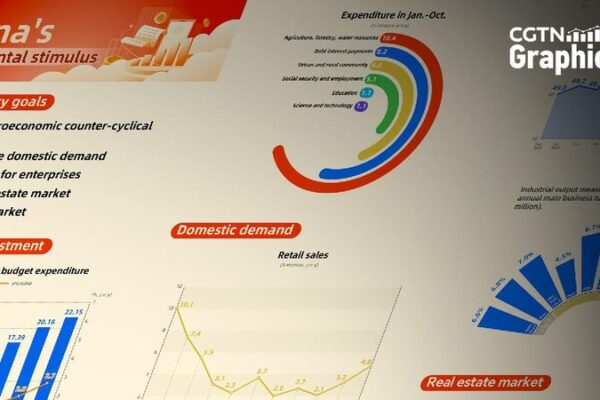China’s economy has been on an impressive upward trajectory since September last year, showcasing robust growth that signals a promising start for 2025. Key economic indicators, including a strong GDP performance in the fourth quarter, highlight the nation’s resilience and potential.
This momentum, extending through the Chinese New Year, is the result of a series of stimulus measures and strategic policies designed to address structural challenges and fuel new engines of growth. However, this progress comes amidst global uncertainties that are putting pressure on economic stability.
Chinese President Xi Jinping acknowledged these challenges in an article published in Qiushi Journal. He emphasized that while external factors pose difficulties, China’s economy rests on a stable foundation with abundant strengths, strong resilience, and vast potential. “The supporting conditions and fundamental trend for long-term growth have not changed,” he wrote.
Navigating Dual Realities
Balancing external risks with domestic opportunities is central to China’s strategy for 2025. This year marks the culmination of the 14th Five-Year Plan (2021–2025), which has guided efforts toward high-quality development, technological innovation, and sustainable economic reforms. It also sets the stage for the upcoming 15th Five-Year Plan (2026–2030), charting the nation’s next phase of growth amid evolving challenges.
Efficiency Meets Proactive Governance
In his article, Xi Jinping stressed the importance of coordinating the relationship between an efficient market and a well-functioning government. He highlighted the need for decisive government action when necessary while allowing the market to operate freely when appropriate.
Reflecting this approach, the National Development and Reform Commission (NDRC), China’s top economic planner, released guidelines in January to build a unified national market. This initiative aims to encourage local governments and departments to integrate more fully, lowering transaction costs, fostering innovation, and strengthening competitive advantages.
These structural reforms align with the views of many economists who believe that China’s economic evolution depends on fostering innovation and productivity. The unified market initiative exemplifies a shift towards systemic efficiency over short-term fixes.
“Deregulating key industries, encouraging private sector participation, and attracting foreign investment in high-tech and green energy sectors will be instrumental in driving this transformation,” said Matteo Giovannini, a finance professional at the Industrial and Commercial Bank of China and Non-Resident Associate Fellow at the Center for China and Globalization, in an op-ed published on CGTN. “Restoring confidence among private enterprises is critical, as these firms are key engines of job creation, technological advancement, and economic dynamism.”
Resilience Amid Challenges
Xi’s article also addressed the importance of balancing total supply and demand to ensure smooth economic circulation. These priorities reflect the main tasks outlined at the Central Economic Work Conference held in December last year, which have laid a positive foundation for China’s 2025 trajectory.
Experts have highlighted the adaptability and resilience of China’s economy. Michael Borchmann, former head of the European and International Affairs Department of the federal German state of Hesse, expressed optimism following the conference. “Amid current global economic challenges, it’s rare for an economy like China’s, already in a stage of high-quality development, to sustain annual GDP growth that meets targets,” he said.
“This not only demonstrates that the Chinese economy is extremely resilient and adaptable but also reflects the steady expansion of domestic demand and the results of industrial transformation,” Borchmann added.
As China navigates the complexities of the global economy, its strategic focus on innovation, market efficiency, and proactive governance lays a strong foundation for sustainable growth heading into 2025 and beyond.
Reference(s):
How did China lay a good foundation for 2025 economic development?
cgtn.com








